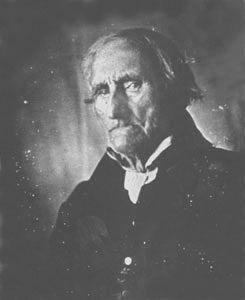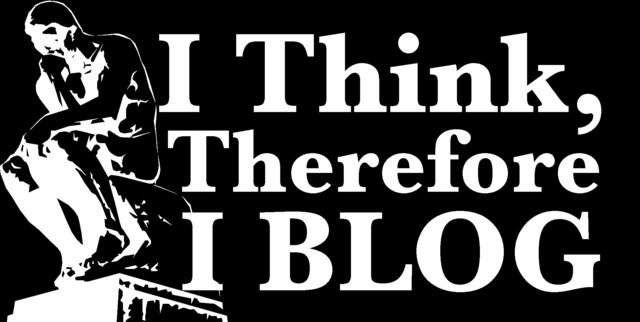In the English class, we saw a movie called "Big miracle". It's basically about a few whales, trapped in the ice. Things happen, and with the help of the natives, media, the National guard and of course the Soviet Union, they are able to free the whales. The movie is based on a real story, and
i must admit that it's quite stupid to use all those resources helping the whales. Especially when it's all because the Reagan government needed good PR. It's nice that the whales were saved though, don't misunderstand me. Anyway, I will stay out of politics. I don't like the republicans, and we can leave it with that. So instead of writing about Mr. Reagan, the republicans, their politics, and how they were willing to go as far as asking the Soviets for help when it came to good PR, I will write a small post about the Alaska Natives.
The indigenous peoples of Alaska
The natives in Alaska came there thousands of years ago. They quickly learned to adapt the hard climate, and today they are famous hunters and fishers. As many people seem to think, they don't live in igloos, but they live in small town and settlements in northern Alaska. The art to make igloos, is something that's quickly fading away. Only a small number of people still knows have to make them the right way, most of them living in Greenland. Anyway, the man on the picture is what you could call a classical Inuit man. He wears skin clothing, and is adapted to the hard climate. The picture is from the early 1900s, and today they drive snowmobiles, and mostly wear modern clothing (which
i understand perfectly fine). There are over one hundred thousand natives living in Alaska, and most of them lives quite isolated in their towns. They are under the normal jurisdiction in Alaska, but they do have some exceptions
from Alaskan law. They are for example allowed to hunt whales. The natives have as all other native groups, being oppressed and looked down on. Today however, they are equal to other American citizens.


 Most of the posts i have written on the blog, I have written as a task given by our teacher in class. I think it's working out great, and it's a excellent idea to use blogs in class. Our teacher has asked some questions about how we feel about this way of working:
Most of the posts i have written on the blog, I have written as a task given by our teacher in class. I think it's working out great, and it's a excellent idea to use blogs in class. Our teacher has asked some questions about how we feel about this way of working: